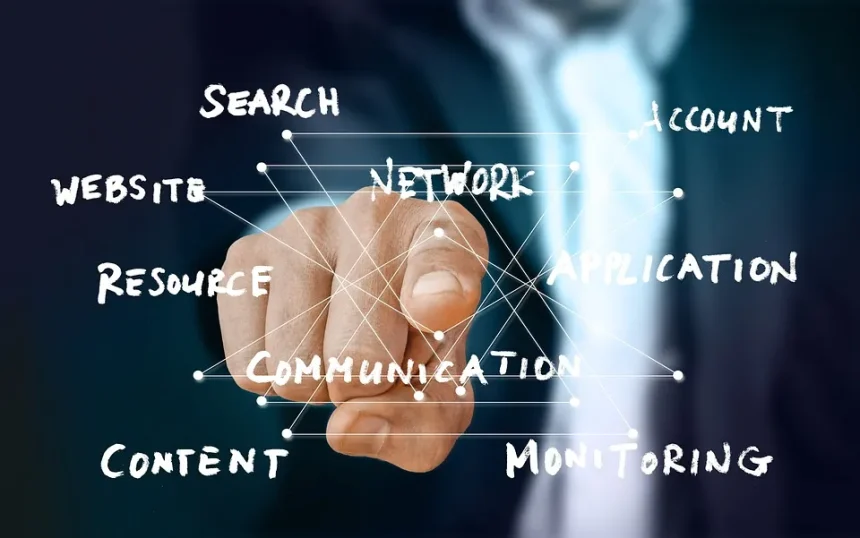In a world where hybrid and remote work have become standard, achieving streamlined teamwork is essential for business success. The ability to collaborate in real time, without barriers, enables teams to operate more efficiently, make quick decisions, and stay aligned across different projects. Real-time collaboration tools have emerged as the cornerstone of modern work environments, offering teams the ability to communicate, collaborate on documents, manage tasks, and share files seamlessly. In 2023, the best tools for real-time collaboration are designed to keep teams connected, productive, and organized.
Why Streamlined Teamwork is Essential in 2023
With companies relying more heavily on distributed teams and flexible work models, the need for real-time collaboration has skyrocketed. Streamlined teamwork allows teams to:
- Eliminate bottlenecks: By working together in real time, teams can resolve issues and make decisions instantly, keeping workflows smooth.
- Enhance productivity: Tools that facilitate seamless communication and collaboration reduce time spent on redundant tasks, like sending emails or managing multiple file versions.
- Stay aligned: Real-time collaboration ensures that all team members are working from the same up-to-date information, preventing miscommunication and ensuring consistency.
- Foster innovation: When teams can brainstorm and exchange ideas without delays, creativity and innovation flourish.
In 2023, the top tools for real-time collaboration have been developed with these needs in mind, offering a comprehensive set of features to support streamlined teamwork.
Key Features of Top Real-Time Collaboration Tools in 2023
The best tools for real-time collaboration in 2023 offer a range of integrated features designed to enhance communication, project management, and document sharing. These tools are built to be intuitive and flexible, ensuring that teams can work together with ease. Key features include:
- Instant Messaging and Communication
Effective real-time communication is the foundation of streamlined teamwork. Tools like Slack and Microsoft Teams offer robust messaging platforms where teams can have conversations in real time. Channels or group chats help keep discussions organized around specific projects or topics. Instant messaging reduces email overload and ensures that questions or issues can be addressed immediately. - Video Conferencing and Screen Sharing
Real-time collaboration is often about more than just text-based communication. Video conferencing tools like Zoom, Google Meet, and Microsoft Teams allow teams to meet face-to-face, share screens, and work together as if they were in the same room. High-quality video, coupled with features like virtual whiteboards, breakout rooms, and real-time chat, makes these tools ideal for productive meetings, regardless of location. - Collaborative Document Editing
Platforms like Google Docs, Microsoft Word, and Dropbox Paper allow team members to work on documents, presentations, and spreadsheets simultaneously. Real-time updates are instantly visible, and teams can leave comments, suggest edits, and track changes without the hassle of sending files back and forth. These tools eliminate the risk of version control issues, ensuring that everyone is working on the latest document. - Task Management and Project Tracking
Organizing and tracking tasks in real time is critical to keeping teams aligned. Tools like Asana, Trello, and Monday.com allow teams to create tasks, assign responsibilities, set deadlines, and monitor progress. These platforms offer visual boards, timelines, and checklists that are updated in real time, giving everyone full visibility into the status of projects. Collaboration is enhanced by allowing team members to comment on tasks, share files, and make real-time adjustments. - File Sharing and Cloud Storage
Real-time access to files and documents is a must for streamlined teamwork. Cloud storage platforms like Google Drive, Dropbox, and OneDrive provide real-time file sharing capabilities. Team members can upload, share, and collaborate on files, with changes instantly visible to all users. Advanced sharing settings ensure that the right people have access to the right files, promoting security and efficiency. - Real-Time Notifications and Alerts
To keep everyone on the same page, real-time notifications and alerts are crucial. Whether it’s a task update, a new message, or a document change, tools like Slack and Microsoft Teams notify team members in real time, ensuring that no important updates are missed. Customizable notifications help manage priorities and avoid notification fatigue. - Automation and Workflow Integration
In 2023, the best real-time collaboration tools offer automation features that streamline repetitive tasks. Platforms like Slack, Trello, and Asana allow users to automate workflows, such as automatically assigning tasks when certain conditions are met. Integration with third-party tools like Zapier or built-in automation features reduce manual work and ensure that work progresses efficiently. - Cross-Platform Compatibility
With team members working across different devices, the best real-time collaboration tools are accessible from desktops, laptops, tablets, and smartphones. Tools like Zoom, Slack, and Google Workspace offer apps
To learn more about our vision stay up to date with latest news and trends and how we’re making a difference, We invite you to OC-B by Oort X Media.




